The UK government will allow Huawei to be a supplier for some non-core parts of the country’s 5G networks, despite concerns that the involvement of the Chinese telecoms vendor could pose a risk to national...
Everything Apple
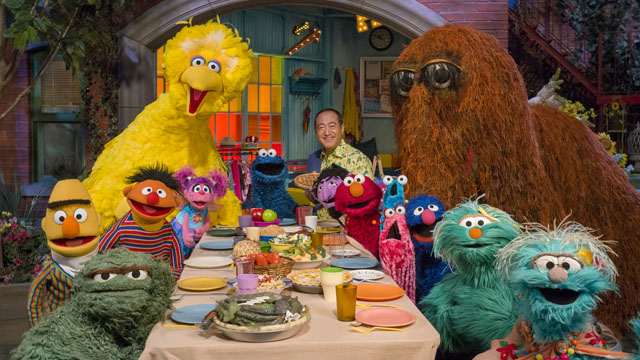
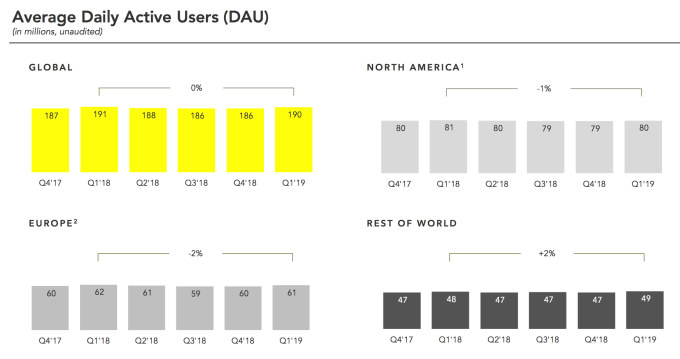
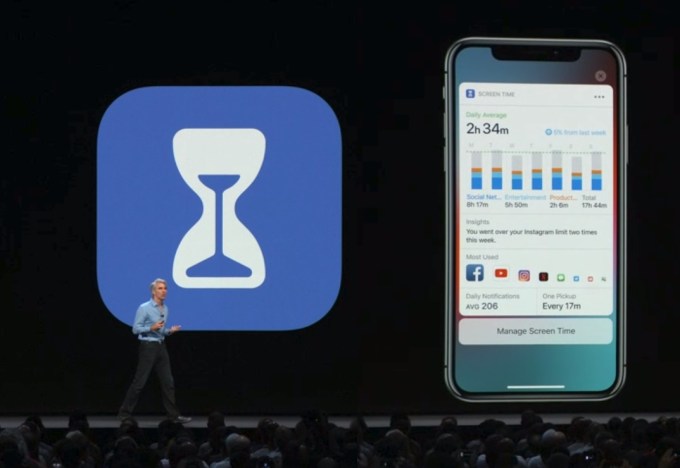

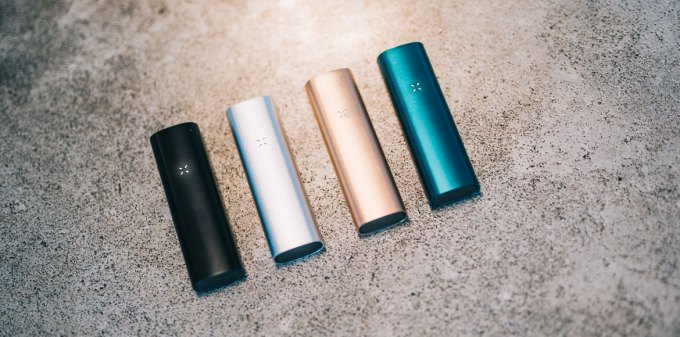
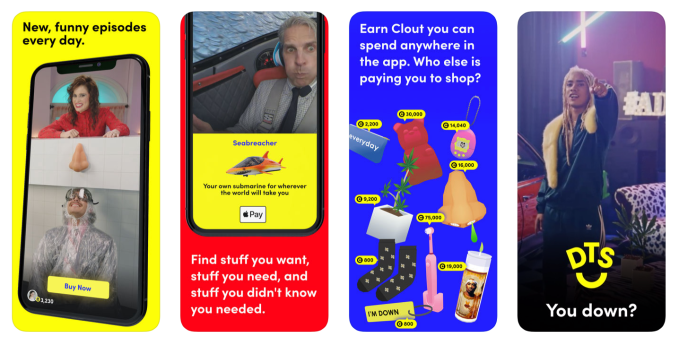
▼

Copyright © 2012 News Magazine Theme. Designed by Templateism